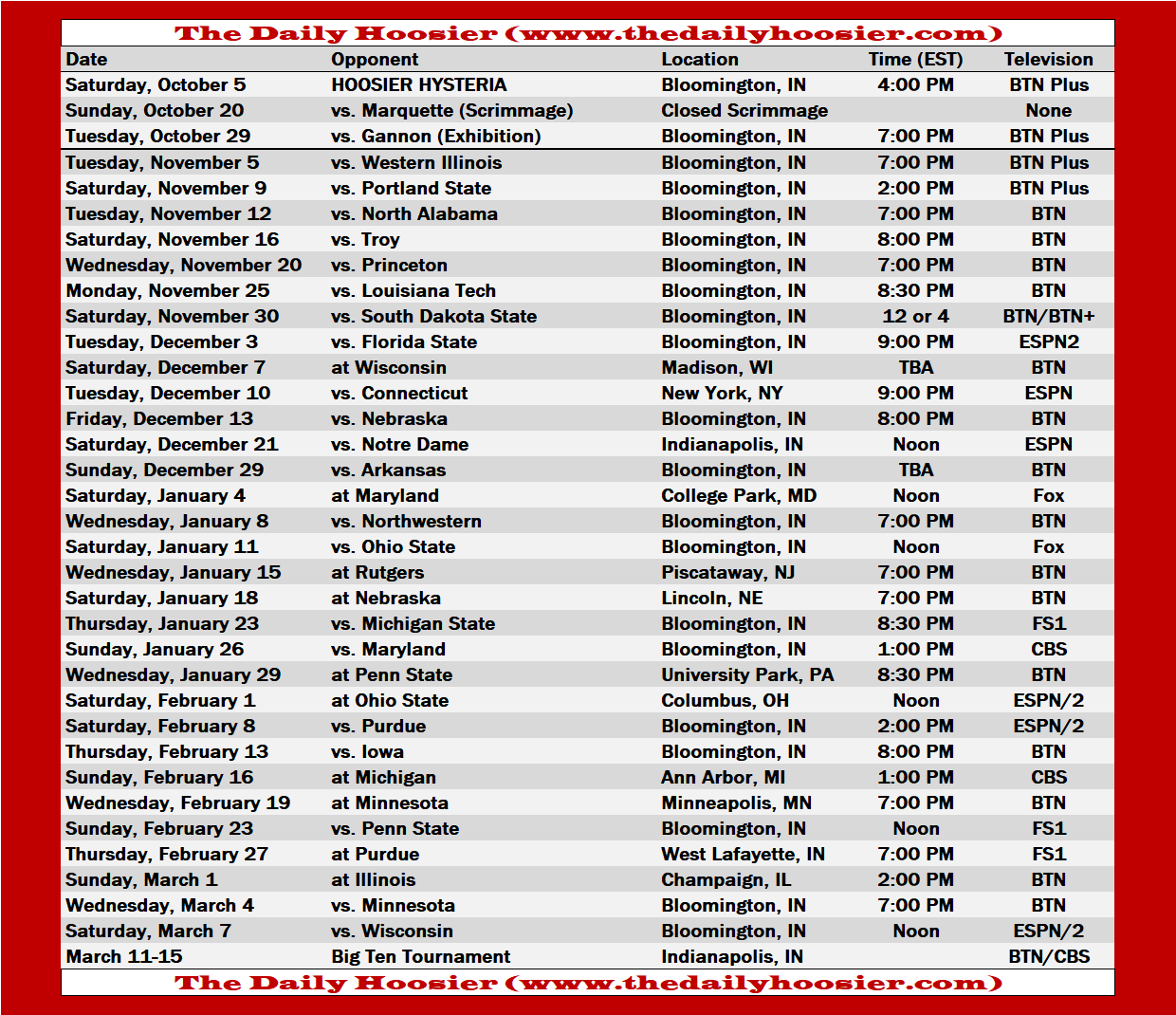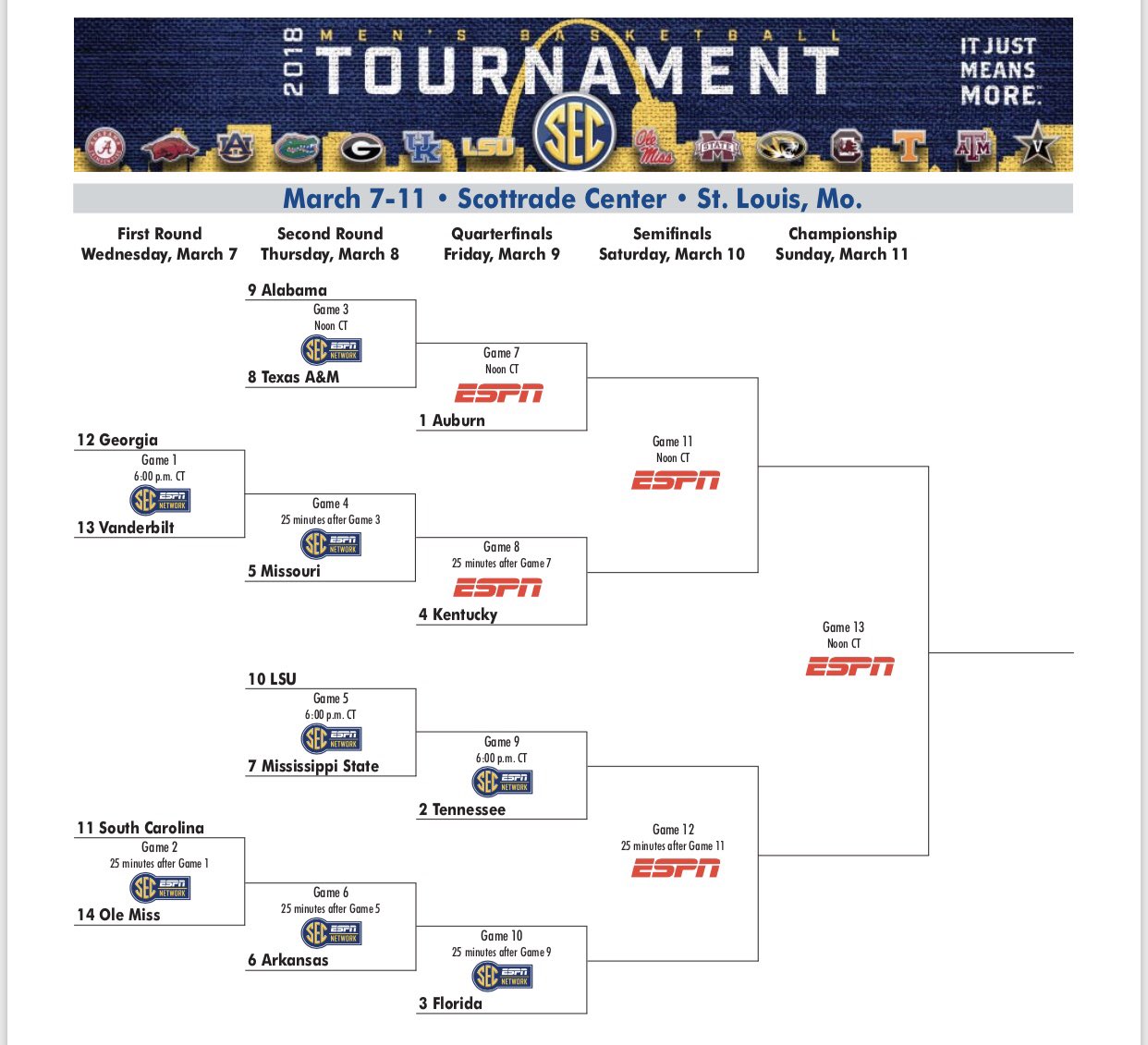Understanding the Men’s Basketball Schedule

A comprehensive understanding of the men’s basketball schedule is essential for fans, players, and coaches alike. It provides a roadmap for the season, outlining key dates, events, and the structure of competition.
Different Formats of Men’s Basketball Schedules
The men’s basketball schedule is typically structured in three main formats: the regular season, the playoffs, and tournaments.
- The regular season is the longest portion of the season, consisting of a series of games played against various opponents. Teams compete within their respective conferences, aiming to secure a favorable seeding for the playoffs.
- The playoffs follow the regular season, featuring a single-elimination format where the top teams from each conference compete for the championship. Teams with better regular season records earn higher seeds and home-court advantage in the playoffs.
- Tournaments are events that occur throughout the season, offering opportunities for teams to compete against a diverse range of opponents. Notable tournaments include the NCAA Men’s Division I Basketball Tournament (March Madness), which culminates in the crowning of the national champion.
The Importance of Understanding the Schedule’s Structure, Men’s basketball schedule
The structure of the men’s basketball schedule significantly influences team performance and strategy. Understanding the schedule’s flow allows teams to:
- Prioritize key games: Teams can focus their preparation and effort on games that have a greater impact on their overall standing, such as conference matchups and important non-conference games.
- Manage player fatigue: Coaches can strategically schedule rest and recovery periods for their players, ensuring they are physically and mentally prepared for key games and the demanding playoff season.
- Develop a winning strategy: Teams can adjust their game plan based on the opponent and the context of the game, taking into account the schedule’s implications for their overall goals.
Key Dates and Events on a Typical Men’s Basketball Schedule
A typical men’s basketball schedule includes several key dates and events:
- Season Opener: The first game of the season, often marked by excitement and anticipation.
- Conference Tournament: A tournament held at the end of the regular season, where teams compete for the conference championship and a berth in the NCAA Tournament.
- NCAA Tournament Selection Sunday: The day when the NCAA Division I Men’s Basketball Tournament field is announced, creating excitement and anticipation among fans.
- NCAA Tournament: The pinnacle of the men’s basketball season, culminating in the crowning of the national champion.
Analyzing Game Data

Analyzing game data is crucial for understanding the strengths and weaknesses of teams and players, and for making informed predictions about future performance. This data provides insights into various aspects of the game, such as offensive efficiency, defensive prowess, and individual player contributions.
Key Statistics
Game data offers valuable insights into team and player performance. Several key statistics provide a comprehensive understanding of a team’s strengths and weaknesses.
- Points Scored: This statistic reflects a team’s offensive efficiency and ability to put the ball in the basket. A high points per game average indicates a potent offense, while a low average suggests struggles in scoring.
- Assists: Assists measure a team’s ability to create scoring opportunities for teammates. A high number of assists signifies effective ball movement and a strong team offense.
- Rebounds: Rebounds are crucial for controlling possession and limiting second-chance opportunities for opponents. A team with a high rebounding average generally possesses a strong interior presence.
- Turnovers: Turnovers represent lost possessions due to mistakes such as bad passes or traveling. A low turnover rate indicates efficient ball handling and a disciplined offense.
Comparing Team Performance
By analyzing these key statistics, we can compare and contrast the performance of different teams. For instance, a team with a high points per game average but a low assist rate might be reliant on individual scoring rather than a cohesive team offense. Conversely, a team with a high rebounding average but a high turnover rate might struggle to maintain possession despite strong interior play.
Presenting Game Data
Organizing and presenting game data in a visually appealing way is essential for effective analysis. A table format is often used to display key statistics for multiple teams.
| Team | Points Scored | Assists | Rebounds | Turnovers |
|---|---|---|---|---|
| Team A | 85 | 18 | 38 | 12 |
| Team B | 78 | 15 | 32 | 10 |
| Team C | 92 | 22 | 40 | 15 |
This table allows for easy comparison of different teams across various statistical categories. By examining these statistics, analysts can identify trends, strengths, and weaknesses, leading to more informed conclusions about team performance.
Exploring Trends and Patterns

Analyzing trends in men’s basketball scheduling and identifying patterns in team performance provide valuable insights into the dynamics of the sport. By examining these factors, we can gain a deeper understanding of the strategic decisions made by coaches and the factors that influence game outcomes.
Trends in Men’s Basketball Scheduling
The landscape of men’s basketball scheduling has evolved significantly over the years, with certain trends emerging as prominent features. One notable trend is the increasing popularity of conference tournaments. These tournaments serve as a platform for teams to compete for an automatic bid to the NCAA Men’s Division I Basketball Tournament, also known as March Madness. The heightened importance of conference tournaments has led to an increase in the number of games played within conferences, creating a more competitive environment and a greater emphasis on regular-season performance.
Impact of Schedule Strength and Opponent Quality
Schedule strength and opponent quality are critical factors that influence team performance. A challenging schedule, characterized by a high concentration of games against strong opponents, can prepare a team for the rigors of postseason play. Conversely, a weak schedule may not adequately test a team’s abilities, potentially leading to a lack of preparedness for high-stakes matchups.
Influence of Injuries and Player Availability
Injuries and player availability play a significant role in determining game outcomes. The absence of key players can disrupt a team’s rhythm and strategies, potentially leading to a decline in performance. Conversely, the return of injured players can inject new energy and talent into a team, bolstering their chances of success.
The men’s basketball schedule is packed with exciting matchups, but one game that stands out is the perennial clash between France and the USA. This rivalry, often referred to as a “battle for the ages,” france vs usa basketball , has always been a highlight of the international basketball calendar, and this year is no exception.
The intensity of this game always adds a special flavor to the men’s basketball schedule, making it a must-watch for any fan.
Keeping track of a men’s basketball schedule can be a daunting task, especially when factoring in the numerous leagues and tournaments that take place throughout the year. However, one event that truly stands out is the men’s Olympic basketball tournament, which showcases the best players from around the globe battling for international supremacy.
This quadrennial competition offers a unique opportunity to witness the world’s elite athletes in action, making it a must-watch for any basketball enthusiast.
